Using Seafood in Traditional Senegalese Cuisine
10 min read Explore how fresh seafood is integral to Senegalese culinary traditions, highlighting iconic dishes and regional flavors. July 10, 2025 18:05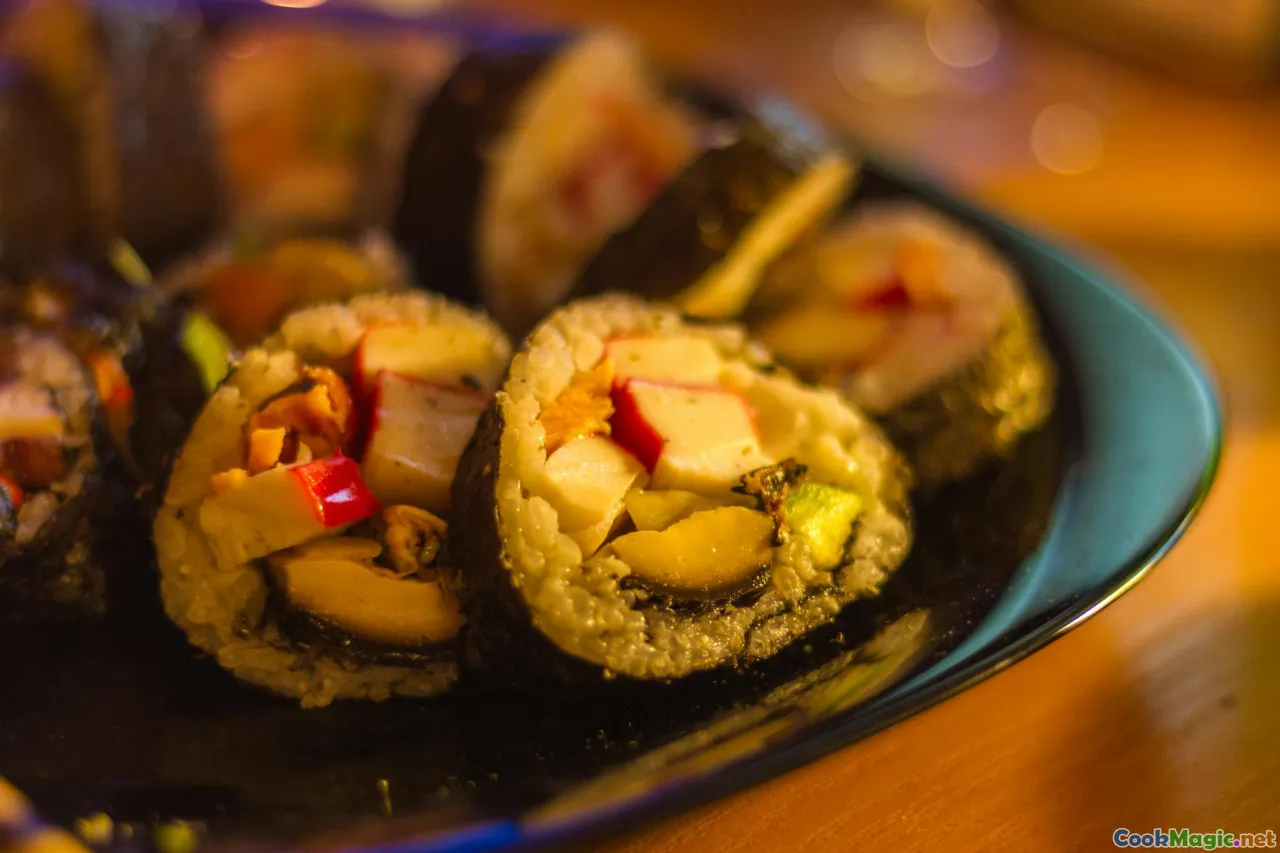
Using Seafood in Traditional Senegalese Cuisine
The aroma of the Atlantic winds, the vibrant colors of bustling markets, and the rhythmic sounds of traditional drums—these are the sensory ingredients that define Senegalese cuisine. At its heart beats a passion for fresh, flavorful seafood—an ancestral treasure woven into the fabric of daily life and rich cultural traditions. Whether crafted into bold stews, grilled fillets, or spicy broths, seafood in Senegal is more than sustenance; it's a vessel for history, community, and celebration.
The Cultural Significance of Seafood in Senegalese Society
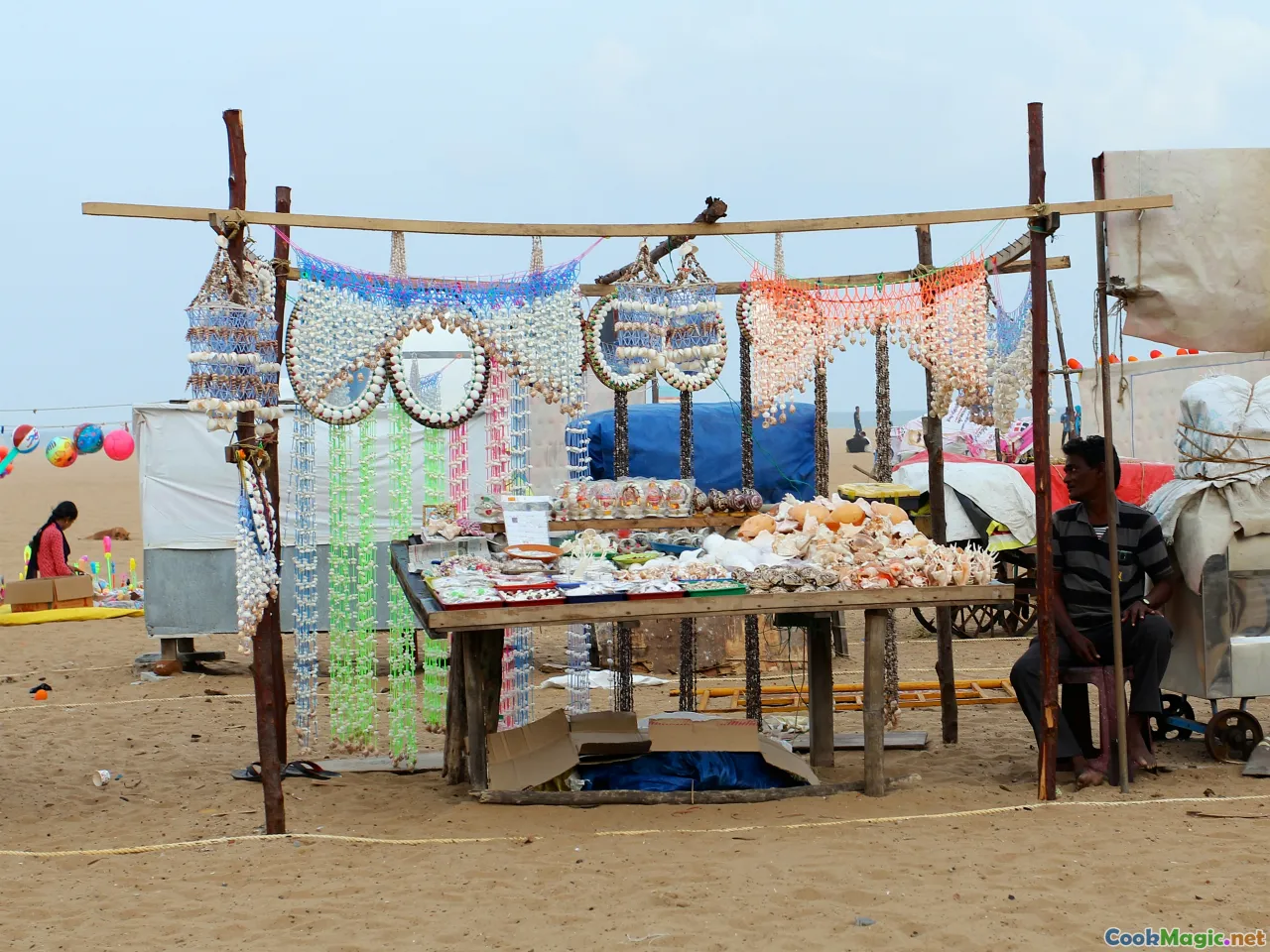
What makes Senegalese cuisine uniquely vibrant is its profound connection to the nation’s geography and history. The Atlantic Ocean, with its boundless blue expanse, supplies an abundance of fish—shrimp, sardines, mackerel, grouper, and octopus—that are integral to both daily meals and special occasions.
In coastal communities like Dakar, Saint-Louis, and Joal-Fadiout, seafood is not just food—it's a staple rooted in centuries of cultural exchange, trade, and craftsmanship. The fishmongers at Kermel Market in Dakar, for example, are more than vendors; they are custodians of culinary tradition, expertly filleting fresh catches with practiced hands, their vivid storytelling infused with fish lore.
Historically, fishing shaped social structure and rituals. Fish caught at dawn are prepared and shared communally, reinforcing bonds that transcend generations. Festivals such as the Lab-Door, a traditional fish harvest celebration, resonate with music, dance, and communal feasting. In these gatherings, seafood symbolizes life, prosperity, and soul.
Traditional Senegalese Dishes Centered on Seafood
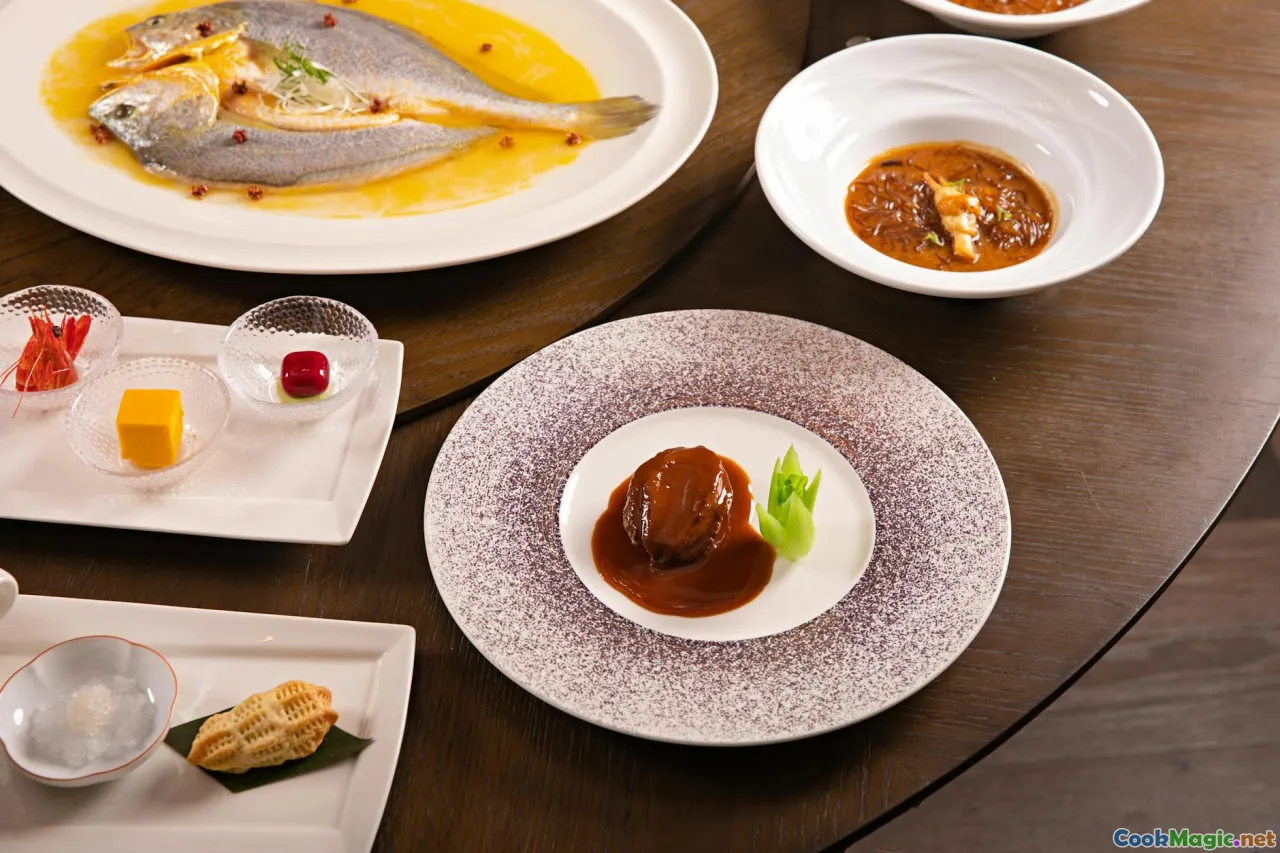
The heart of Senegalese cuisine beats strongest in dishes that celebrate the ocean's bounty. Three iconic dishes exemplify the depth and diversity of seafood fare:
Thiéboudienne (Poulet et Poisson)
Often called Senegal’s national dish, Thiéboudienne is a parade of flavors and textures—aged rice infused with fragrant herbs and sour notes, topped with ribbon-like strips of fried fish, vegetables, and spicy sauces. The fish used is traditionally freshly caught mackerel or grouper, cooked gently to preserve its flaky texture.
The key lies in the marinade—lime, garlic, and chili—adding a tangy zest that cuts through the richness of the rice. The dish is cooked with a fragrant mix of okra, carrots, and cassava, all simmered in a zesty tomato-based broth, culminating in a symphony of tastes.
Thieboudienne’s Couscous de Poisson
Some regions prefer a couscous variation that features generous servings of cod or dorado, seasoned with a blend of local spices—mustard seeds, hot pepper, and ginger—creating a spicy, aromatic platter that’s both hearty and nuanced.
Octopus à la Sénégalaise
Octopus, abundant along the coasts, is tenderized in a marinade of lemon and garlic, then slow-cooked with tomatoes, onions, and chili until its texture is melt-in-the-mouth. Served with steamed millet or fonio, this dish echoes the insights of coastal communities who have perfected octopus cooking for centuries.
Mastering the Art of Seafood Preparation in Senegalese Style
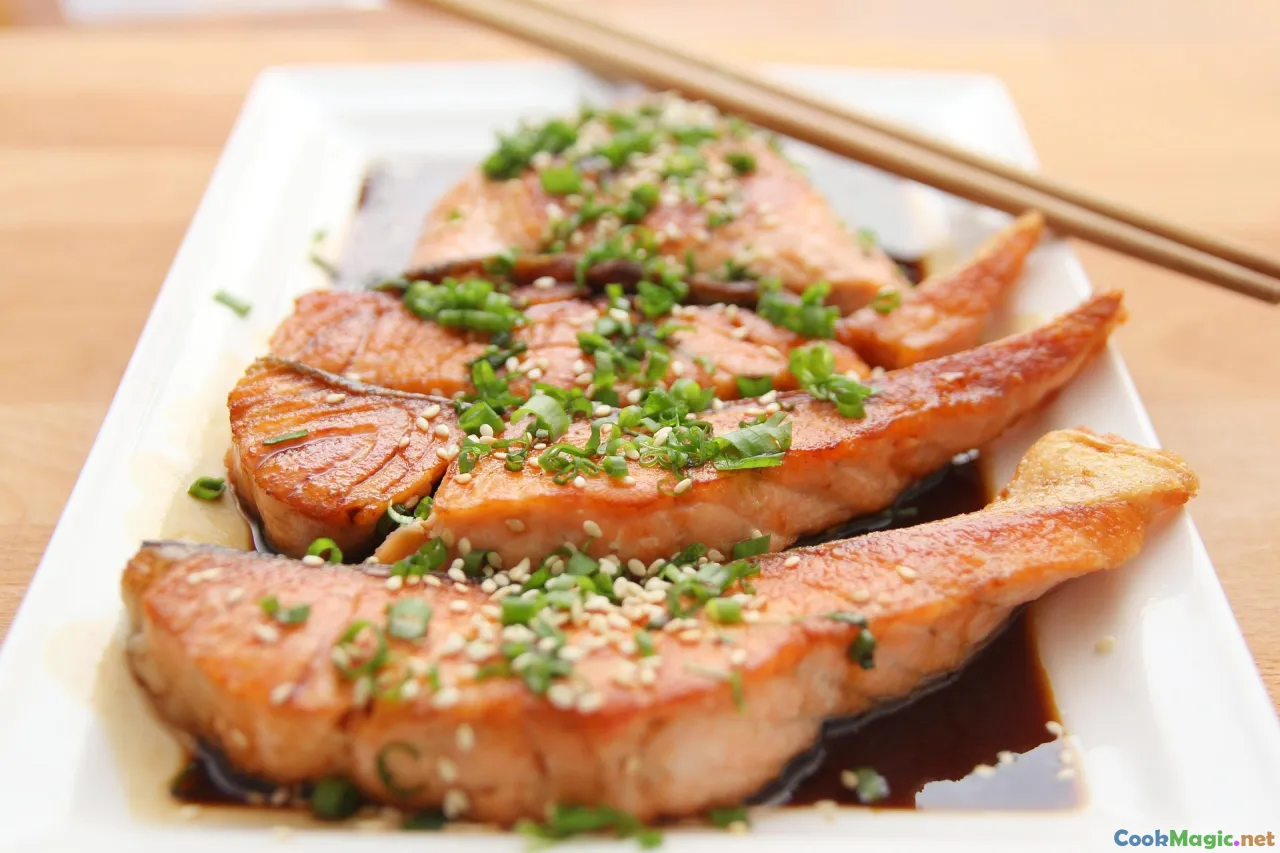
Cooking seafood in Senegalese cuisine is an art of respect—from selecting the freshest catch to employing time-honored techniques that enhance flavor without overpowering.
Selecting Fresh Seafood
Seed of authentic Senegalese dishes is freshness. Markets are lined with shimmering fish such as sardinella, often caught moments before sale. When purchasing, look for clear eyes, firm flesh, and a clean, oceanic smell—no sourness or ammonia.
Traditional Marination and Seasoning
A typical marinade combines lime juice or tamarind, garlic, ginger, and a touch of chili. This mixture tenderizes the fish and imparts layers of added flavor. Local spices—mustard seeds, cardamom, and cracked black pepper—are used liberally, emphasizing boldness.
Grilling and Pan-Frying
Most Senegalese chefs favor open-flame grilling for whole fish, imparting smoky undertones and crispy skin. For fillets, pan-frying in a little peanut oil, a local treasure ingredient, yields a crispy exterior while maintaining moist interiors.
Slow Simmering and Stews
For tougher cuts like octopus or squid, slow cooking in flavorful broths ensures tenderness. The key is patience—allowing flavors to meld, creating an intensely aromatic and savory experience.
Pairing Seafood with Ingredients and Techniques
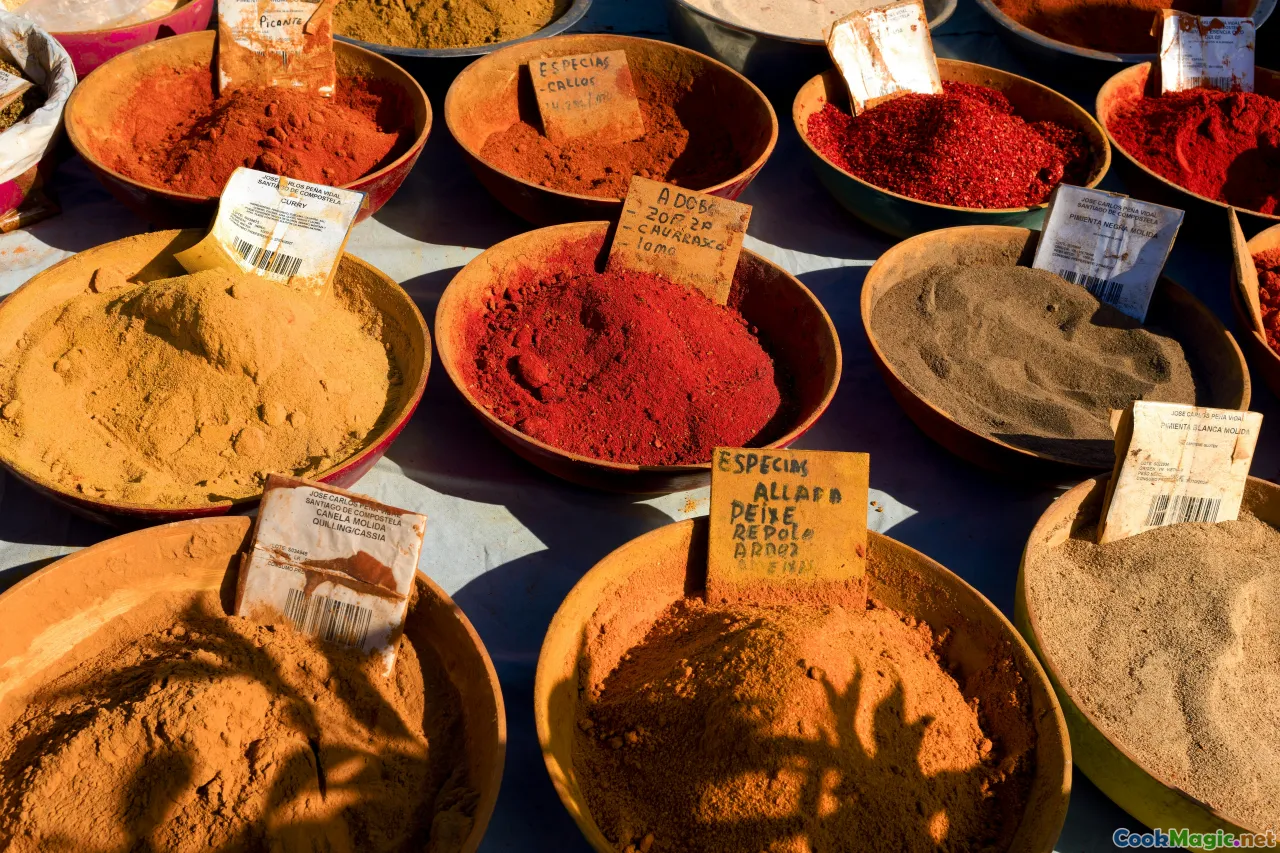
The magic of Senegalese seafood dishes lies not only in the main ingredient but also in complementary elements:
- Poulet aux Améganés: A mustard seed sauce.
- Yassa Poulet: Onions, lemon juice, and spices creating a tangy marinade.
- Peanut Sauce: Roasted peanuts blended into a rich, velvety sauce, often served alongside grilled fish.
Sides like fonio—a tiny gluten-free grain native to West Africa—add a nutty taste and textural contrast. Vegetables such as yams, sweet potatoes, and okra soak up the sauces, balancing flavors with their natural sweetness.
The Sustainability and Ethical Considerations
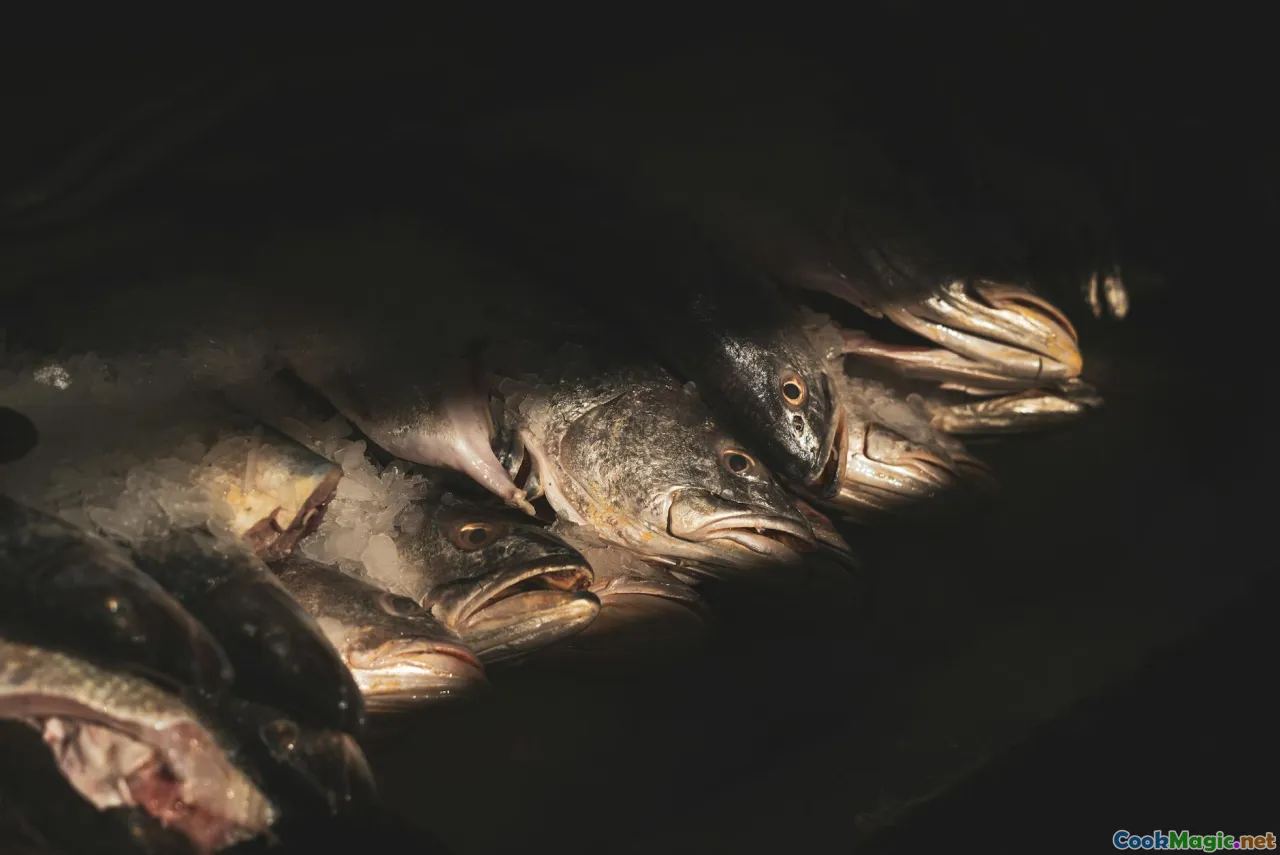
Modern Senegalese chefs increasingly emphasize sustainable sourcing. Overfishing concerns have prompted traditional fishermen to adopt responsible practices—restricting catch sizes and seasons to ensure future stock health.
Eco-Conscious Choices
Choosing locally caught fish supports local economies and maintains ecosystem balance. Chefs now advocate for traceability, encouraging consumers to inquire about sourcing and freshness.
Traditional Preservation Techniques
In some coastal villages, fermentation and salting preserve excess catches, reducing waste and providing a historical link to times when refrigeration was unavailable.
Personal Insights and Tips for Home Cooks
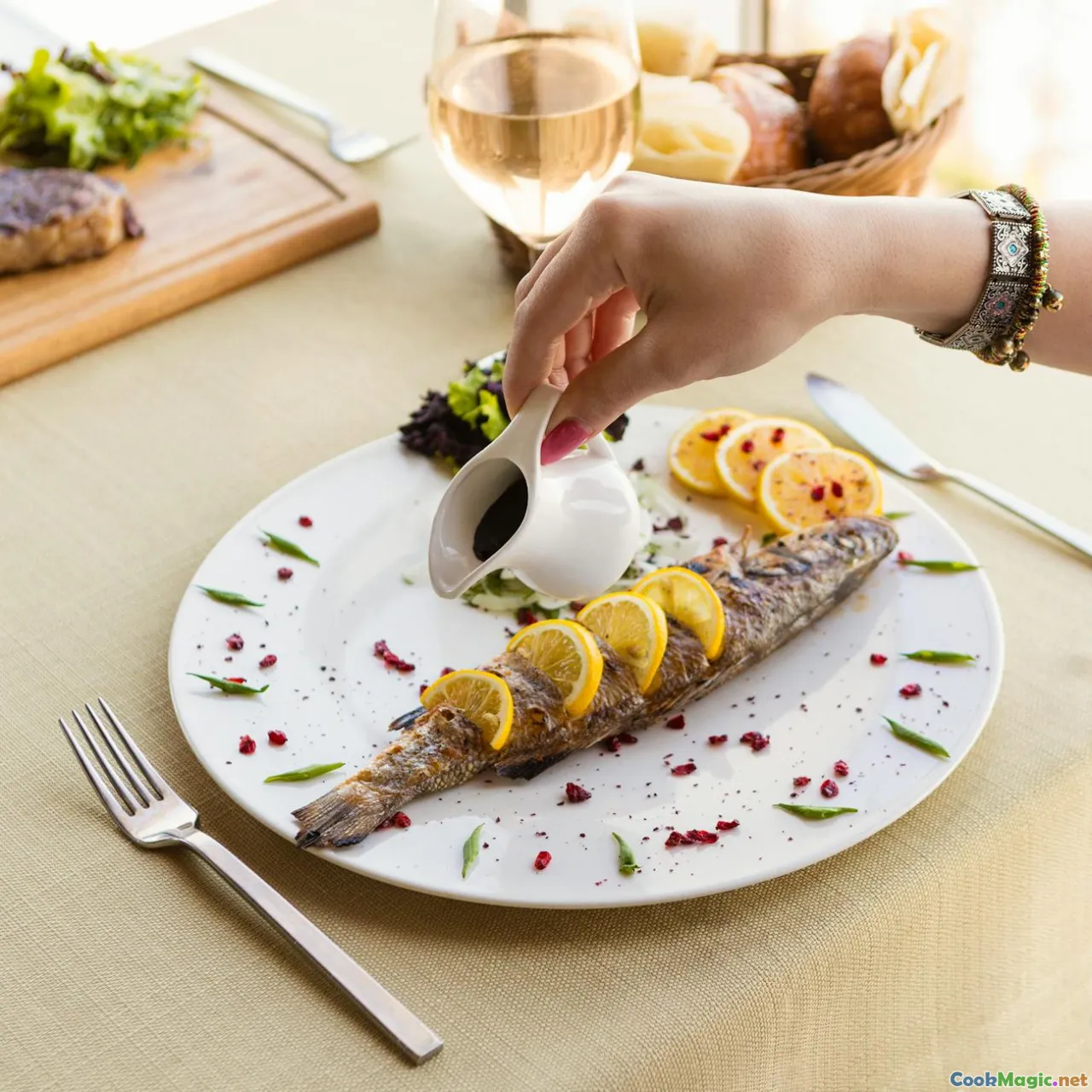
Cooking authentic Senegalese seafood dishes at home might seem daunting, but a few tips can unlock their flavors:
- Start with fresh, inexpensive fish like sardines or mackerel—abundant and flavorful.
- Invest in good spices and fresh herbs—garlic, ginger, chili, and mustard seeds—essentials for creating layered flavors.
- Embrace slow cooking techniques to tenderize octopus or squid.
- Use natural accompaniments—limoncello, tamarind, and millet—to deliver authentic flavor profiles.
- Cook with love and patience. The soulful flavors of Senegalese cuisine emerge from a place of tradition and community.
Experiencing Seafood in Senegalese Culinary Culture Today

Traveling through Senegal offers a sensory voyage—feasting on grilled fish directly on the beach, savoring spicy fish stews in bustling marketplaces, or enjoying a communal meal during festivals. Restaurants like Le Lagon 1 in Dakar and local street vendors serve dishes that honor generations of culinary ingenuity.
Whether you’re recreating dishes at home or exploring Senegalese eateries abroad, the essence remains the same—seafood prepared with respect, passion, and a celebration of ocean’s bounty. Every bite echoes the soul of a culture that treasures its natural resources and cherishes shared moments around the table.
By embracing Senegal’s approach to seafood—rich in history, vibrant in flavor, and rooted in communal traditions—you not only taste delicious food but also connect with a profound cultural narrative that continues to thrive along the Atlantic coast.
Bon appétit!









